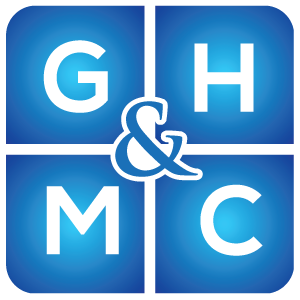Migraines are incredibly common, affecting about 15% of Australians, and they don’t always present with the familiar throbbing headache most people imagine.
A less-known but surprisingly common type is the silent migraine, which skips the pain entirely but can be just as disruptive.
In this article, we’ll explore what a silent migraine is, its symptoms, and how it’s diagnosed, and we’ll also explain how our headache clinicians at Brisbane Headache and Migraine Clinic can help you manage it without medications or surgery.
What Is a Silent Migraine?
According to the International Classification of Headache Disorders (ICHD-3), a silent migraine, or “migraine aura without headache,” is defined by the presence of typical migraine aura symptoms—like visual changes or sensory disturbances—without the subsequent headache phase.
While it lacks the intense pain associated with typical migraines, silent migraines can still be disruptive and often leave sufferers puzzled about what’s happening to them.
Symptoms of a Silent Migraine
The hallmark of silent migraines is the aura, a set of sensory symptoms that often act as a warning sign in regular migraines. Symptoms typically last between 5 to 60 minutes and can include:
- Visual disturbances: Flashes of light, zig-zag patterns, blind spots, or shimmering lights are common. Some people experience temporary vision loss in one or both eyes.
- Sensory changes: Numbness or tingling, often starting in the fingers and spreading up the arm, face, or tongue.
- Speech difficulties: Trouble finding words or slurred speech.
- Other symptoms: Some people feel dizzy, nauseous, or experience a sudden sense of confusion or fatigue.
Without the expected headache to follow, silent migraines can be misinterpreted as other medical issues, such as a stroke or seizure, especially since aura symptoms can mimic signs of more severe conditions.
The absence of pain, however, is a distinguishing feature that sets silent migraines apart from other types of aura-related disorders.
Diagnosing Silent Migraines
Diagnosing a silent migraine involves a careful evaluation of your symptoms, medical history, and often an exclusion of other potential causes.
A healthcare provider will usually ask questions to determine if you experience the classic aura signs, and imaging may be recommended to rule out other neurological conditions, particularly if this is a first-time occurrence.
At the Brisbane Headache and Migraine Clinic, we specialise in assessing headache types and employ a comprehensive diagnostic approach to help individuals accurately identify their symptoms.
Treating Silent Migraines Without Medication
Many patients seek treatment for silent migraines to prevent the aura from disrupting their daily lives.
While medications may be recommended as the first line of treatment, at Brisbane Headache and Migraine Clinic, we adopt the Watson Headache Approach—a non-invasive, hands-on therapy—which has shown significant promise in relieving and managing migraine symptoms, including silent migraines.
This approach focuses on identifying and treating physical dysfunctions in the upper neck region that may trigger migraine symptoms. Through targeted assessments and gentle techniques, we can address the root cause of these symptoms without relying on medications or surgical interventions.
In Summary
Silent migraines are an often misunderstood type of migraine that can bring on aura symptoms without the tell-tale headache.
From visual disturbances to sensory and speech changes, these symptoms can be alarming but are manageable with the right approach.
If you’re experiencing unexplained aura-like symptoms, it’s important to get an accurate diagnosis and consider a treatment plan that focuses on non-invasive, drug-free options like the Watson Headache Approach.
If you or a loved one is affected by silent migraines and would like to learn more about our treatments, feel free to reach out to us at Brisbane Headache and Migraine Clinic or call 1800 432 322 to book an appointment.
Let us help you navigate your migraine journey, medication-free.
Written by:
References
International Headache Society. (2018). The International Classification of Headache Disorders, 3rd edition (ICHD-3). Cephalalgia, 38(1), 1–211.
Landy, S. H., & Houle, T. T. (2019). Migraine aura: Pathophysiology, clinical features, and treatment. Headache: The Journal of Head and Face Pain, 59(3), 456-464.
Migraine and Headache Australia. (2022). Migraine facts and statistics. Retrieved from https://headacheaustralia.org.au/migraine-facts/
Watson, D. H., & Drummond, P. D. (2014). Head pain referral during examination of the neck in migraine and tension-type headache. Headache: The Journal of Head and Face Pain, 54(5), 983-991.









